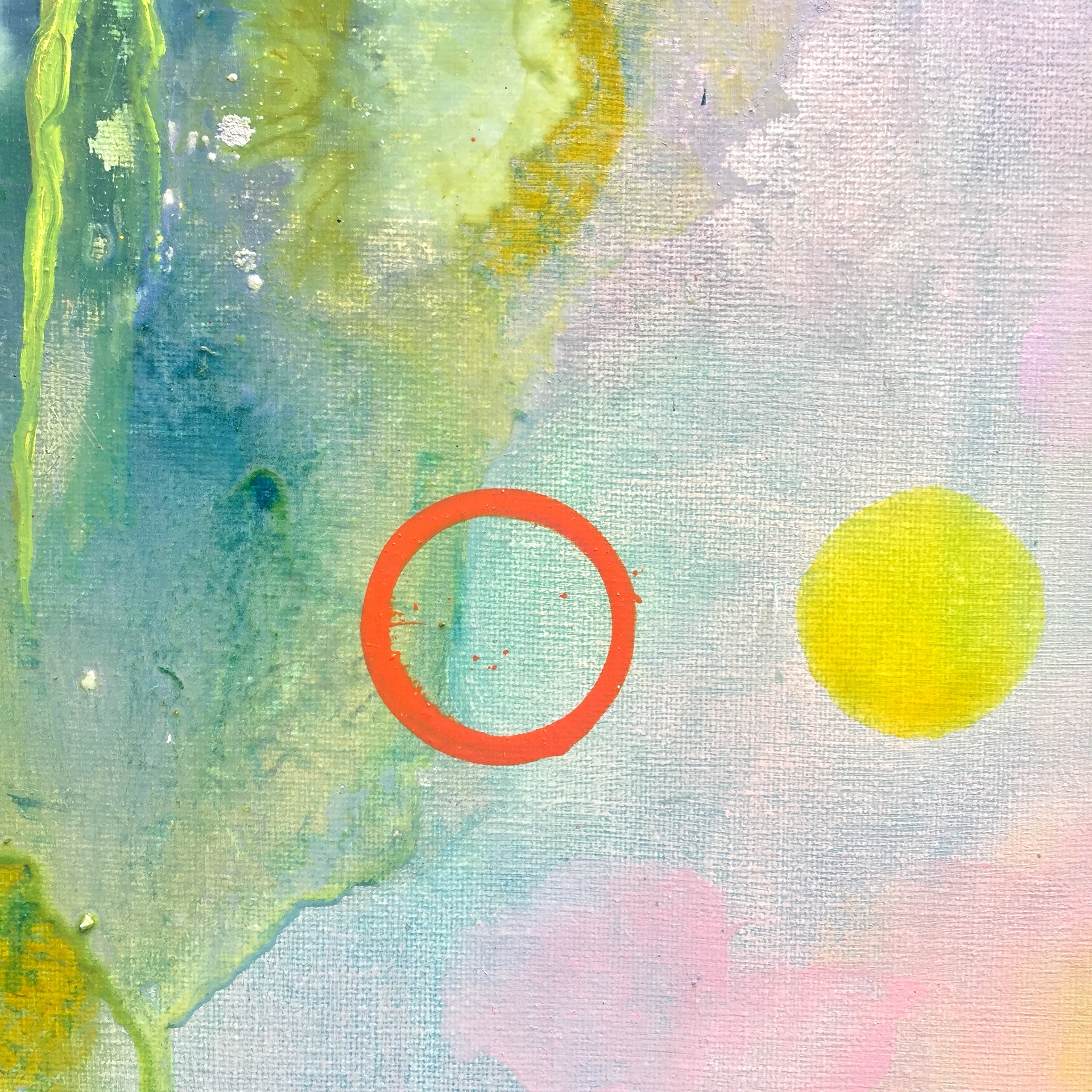“Now he has departed from this strange world a little ahead of me. That means nothing. People like us, who believe in science, know that the distinction between past, present and future is only a stubbornly persistent illusion.” Albert Einstein
Through his work, Einstein established that the past, present and future are not absolutes. In 1955, upon the death of his best friend, the Swiss-born Jewish Italian engineer Michele Besso, Einstein wrote these words in a letter to Besso’s family. Referring to the block universe theory of spacetime, Einstein presents a four-dimensional view in which all events across time and space are on an equal ontological footing. If the distinction between past, present and future is not a fundamental feature of reality, then all existence in time is equally real. If this is true, then no one and nothing is ever really lost to the past.
This exhibition navigates this concept through a series of fantastical landscapes. Emily Jane Campbell’s paintings are often based on old photographs of her father’s garden and the surrounding rural landscapes of Kent, where she grew up. Within them, stone monuments memorialise the departed, including the father she lost, and humming neon portals hold the promise of reunion. Campbell creates worlds that are familiar but transfigured by memory and time. These are the places of her past, the same but different. Recast by her subjective view of her own history and childhood, these paintings are a form of storytelling and a form of idealising. They are her personal mythologies.
There is a sense that there is more to these spaces than meets the eye, a sense of a happening or a transformation. Something almost imperceptible, a crackle of energy. In this sense, much of her work pays an homage of sorts to Paul Nash and his concept of the “genius loci” or the “spirit of the place”. The painter was first to ‘reinvent’ a specific place by showing it to the viewer in his chosen light.
“He created places by visually redefining them, filtering their history, mythology and lineaments through his sense of the mysterious and evocative…” Clare Colvin
In Campbell’s work the mysterious takes the form of portals, geometric neon shapes that nestle or hover in woods and gardens. She invites us to the real and imagined spaces where the portals reside and we wonder, are they conjured or revealed and hidden? Rocks and stones, with an element of anthropomorphism, act as a marker of these gateways.
We have been memorialising our departed for millenia, erecting monuments as a way to hold on and keep those we love here with us. Totems, henges and cairns, made from stone, the material of the dead. Here their congregation and relationship represents the ancient past and summons or signposts the thresholds. But what are they at the threshold of?
If we were to pass through an opening, where would we find ourselves? By providing these access points, Campbell allows us to circumnavigate loss and return to a safe and complete world.
“In short, death does not actually exist. Instead, at death, we reach the imagined border of ourselves, the wooded boundary where, in the old fairy tale, the fox and the hare say goodnight to each other.” Robert Lanza

